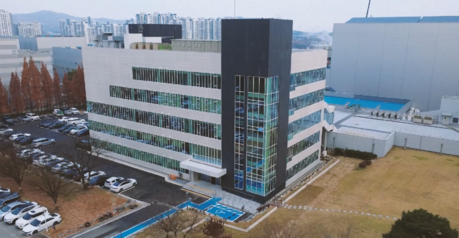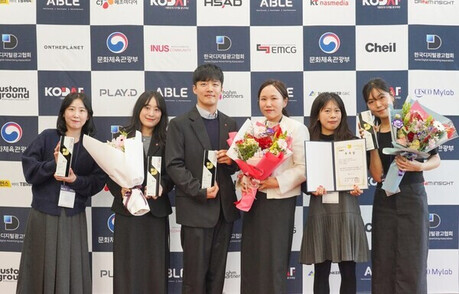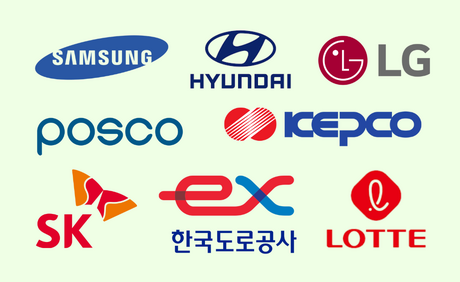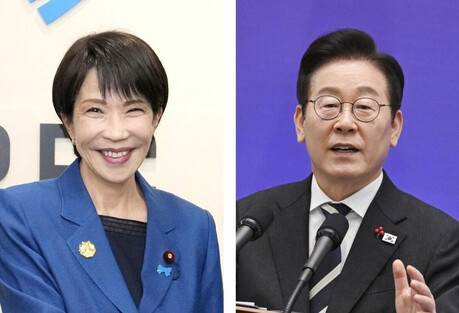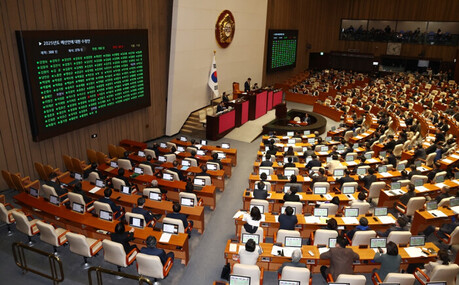
If you get the chance to travel to the Philippines' capital, Manila, and converse with locals, you'd likely assume the language they're using is Tagalog. However, if you ask Filipinos what their national language is, you'll often hear the answer, Filipino. The two terms are frequently used interchangeably in daily life, leading to confusion, but they are actually distinct concepts. Filipino language experts are now clearly explaining the differences to put an end to this long-standing debate.
The Origin: A Quest for a Unifying National Language
The Philippines' complex linguistic history dates back to the 1930s under President Manuel L. Quezon. At the time, after centuries of Spanish and American colonial rule, the country was a mix of diverse ethnic languages. President Quezon recognized the urgent need for a single national language to establish a national identity and foster unity.
In this context, Tagalog, one of the most widely spoken languages across the Philippines, was selected as the basis for the national language in 1937. In 1959, this Tagalog-based national language was officially named Pilipino.
However, this process sparked strong opposition from non-Tagalog speakers, particularly in the Visayas and Mindanao regions. Critics argued that designating a specific regional language as the national language was an act of marginalizing other ethnic languages, of which there were hundreds in the Philippines.
The Birth and Evolution of Filipino: Inclusivity and Dynamism
To resolve this controversy, the 1973 constitutional amendment introduced a new direction. The existing Pilipino was replaced, and a new national language, Filipino, was established to be developed by integrating the various ethnic languages of the Philippines. This move was more than just a name change; it was a commitment to overcome the limitations of Tagalog and embrace all Filipino ethnic languages. The 1987 Constitution reaffirmed this direction by officially declaring Filipino as the national language.
Experts explain the biggest differences between the two languages in terms of their linguistic status, character, and scope.
Tagalog is one of the many regional languages in the Philippines. It is primarily spoken by native speakers in the central and southern parts of the Luzon island and the Metro Manila area. Tagalog is one of the eight major regional languages, with its own independent grammar and vocabulary.
Filipino is the National Language of the Philippines, as stipulated in the 1987 Constitution. It is a "living language" that continuously evolves by adopting vocabulary from various languages throughout the Philippines and incorporating loanwords from languages like English and Spanish. This emphasizes its identity as the "language of all Filipinos," not just Tagalog.
Cultural anthropologist Nestor Castro explains, "In practice, the Filipino we use today is a variant of Tagalog spoken in urban areas like Manila." This is because the two languages have a high degree of mutual intelligibility—Tagalog speakers can easily understand Filipino, and vice versa. This similarity is why many people confuse the two.
However, experts highlight the fundamental difference in terms of inclusivity and potential for evolution. While Filipino is based on Tagalog, it has dynamically developed by actively absorbing vocabulary from other ethnic languages like Visayan, Ilocano, and Cebuano, as well as foreign words such as "computer" and "taxi." As writer Beverly Siy emphasizes, "Our language, just like any language, is ever-changing and dynamic and it continues to grow with civilization."
Language is Pride: The Thread That Binds Filipino Identity
In the Philippines, August is designated as "Language Month" (Buwan ng Wika). During this period, various events are held across the country to reflect on the importance of Filipino and promote national identity.
Castro stressed, "We are Filipinos, and our national language is Filipino, not Spanish or English." He added, "This language is part of the important cultural heritage we inherited from our ancestors." Siy also emphasized the essential role language plays in shaping national identity, stating, "Language is a tool for us to understand ourselves and express our thoughts, emotions, and dreams."
In conclusion, while Tagalog is a language of a specific region, Filipino is the very identity of the nation—a constantly growing language that encompasses all the languages of the Philippines, including Tagalog. Distinguishing between these two is a crucial step toward understanding the Philippines' multicultural background and the inclusive spirit of its language.
[Copyright (c) Global Economic Times. All Rights Reserved.]
















